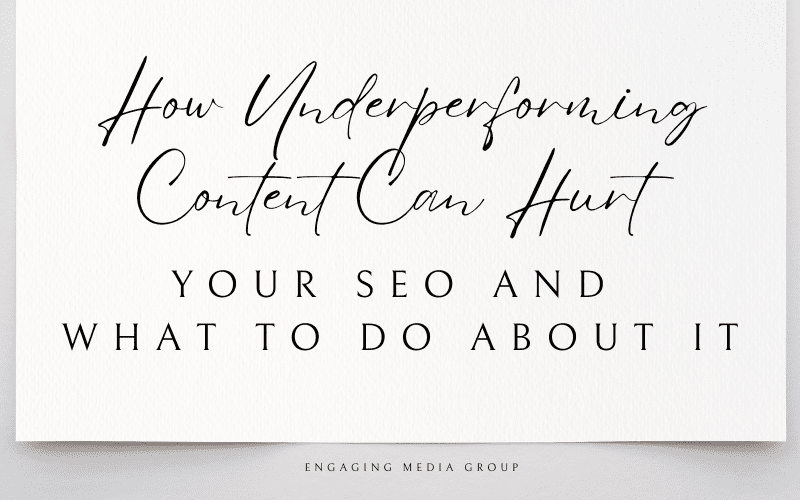Think of your website’s content as a library. Even if you have a collection of bestsellers, if they’re buried among outdated and irrelevant books, your valuable content will be overshadowed. Just as a librarian would remove or update old volumes to make room for new arrivals, a thorough content audit helps to declutter your site, highlighting your most impactful content and boosting your SEO rankings. Is Your Content Dragging Down Your Rankings? A decline in your website’s rankings can often be traced back to underperforming, low-quality content. Even the best content strategies need regular updates and pruning to maintain their effectiveness. Google’s recent updates in March 2024 emphasize rewarding helpful, high-quality content. Spammy, AI-generated content has been targeted, with a focus on user-friendly, engaging, and accurate information. If your site has seen a dip in rankings, it might be time to scrutinize your content and undertake a meticulous pruning process. SEO experts often see improvements in rankings after a comprehensive content review and cleanup. Steps to Assess and Improve Your SEO Content
- Evaluate Page Performance Use tools like Google Analytics or Google Search Console to audit your content. Key metrics to consider include clicks, impressions, and SERP positions. Content with low traffic should be slated for updates or rewrites. Sometimes, minor tweaks and keyword additions can rejuvenate a post. However, if a post offers little value, consider removing it.
- Update Outdated Information Manually review your blogs to ensure all information is current and accurate. Outdated content can hurt your rankings. Use credible sources, like .gov or .edu sites, to bolster your content’s reliability. This is crucial for industries with frequent updates, such as tax guidelines in accounting.
- Evaluate Content Quality Review your content for accuracy, readability, and overall quality. Ask yourself:
- Does the content provide valuable information or solve a problem for the reader?
- Are there spelling or grammar errors? Tools like Grammarly can assist with this.
- Is the page visually appealing? Fix any broken images or formatting issues.
- Is it engaging and enjoyable to read? Ensure your content is something users want to share.
On-Page SEO and Metadata Optimization On-Page SEO Incorporate keywords in your headers and throughout your content to help search engines understand your page’s topic. This enhances visibility and relevance. Metadata Ensure your metadata is optimized. The SEO title should include your main keyword and be between 50-60 characters. The meta description, a brief summary of your page, should be 150-160 characters and include a call to action. Conducting a High-Level Content Audit
- Gather and Analyze Data Start with tools like Google Search Console to gather data:
- Filter pages by category (e.g., “/blog/”)
- Select metrics such as clicks, impressions, CTR, and position
- Export data to Google Sheets or Excel for analysis
- Make Pruning Decisions Decide the fate of each piece of content:
- Delete or unpublish content with no value
- Redirect valuable but underperforming content to better-performing pages
- Optimize or enhance high-quality content
- Combine and Consolidate Content For similar topics, consider merging content into comprehensive guides. Redirect old posts to these new, consolidated guides to boost their authority and traffic.
Enhance Your SEO Content Strategy Ready to see your rankings improve? EngAging Media Group can help you prune underperforming content and develop a robust content strategy. Whether you need a comprehensive plan or wish to outsource the process, our experts are here to assist. Contact us today to elevate your SEO content and drive organic search success!

